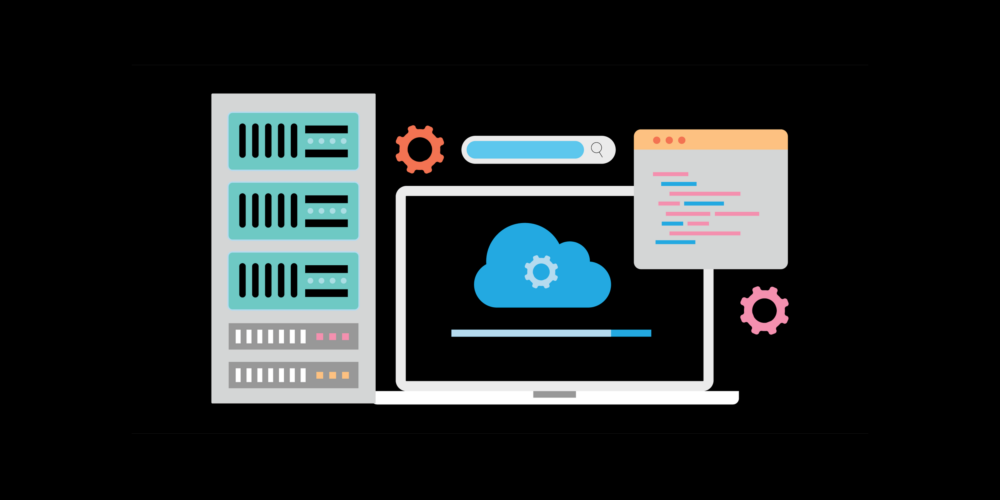Looking for the best data backup and recovery strategies? In this guide, we’ll cover proven backup techniques, essential recovery strategies, and how to create a foolproof disaster recovery plan to keep your business running smoothly.
Why Data Backup and Recovery Strategies Are Critical for Business Success
Data loss can occur due to cyberattacks, hardware failures, or natural disasters. Losing critical business data can lead to financial losses, reputational damage, and compliance violations. Having a robust backup and recovery strategy ensures business continuity.
Key Data Backup and Recovery Strategies for Preventing Data Loss
- Implement the 3-2-1-1-0 Backup Rule: Three copies of data, stored on two different types of media, with one stored offsite, one immutable, and zero backup errors.
- Define Recovery Point Objective (RPO): The maximum data loss a business can tolerate.
- Define Recovery Time Objective (RTO): The maximum downtime before operations must resume.
- Regular Backup Testing: Ensure backups are recoverable by running simulations.
- Use Cloud and Local Backup Solutions: A hybrid approach provides redundancy and quick recovery.
Understanding RPO and RTO in Backup and Recovery
Recovery Point Objective (RPO): The maximum tolerable data loss measured in time.
Example: If RPO is 1 hour, backups should be scheduled every hour.
Recovery Time Objective (RTO): The maximum downtime allowed before business operations resume.
Example: If RTO is 4 hours, data recovery must be completed within that timeframe.
Best Data Backup Techniques
Full vs. Incremental vs. Differential Backups
- Full Backup: Copies all data; takes the longest time but provides complete recovery.
- Incremental Backup: Backs up only changed data since the last backup; requires multiple backups for full recovery.
- Differential Backup: Copies changes since the last full backup; requires fewer files to restore than incremental.
Cloud Backup Solutions
Cloud backup solutions provide automatic, scalable, and off-site data storage. They are ideal for disaster recovery and compliance.
Local Storage Options
Local backups on external drives or Network-Attached Storage (NAS) provide fast recovery but should be combined with off-site solutions.
Step-by-Step Guide to Disaster Recovery Planning
- Assess Risks & Business Impact: Identify critical data and systems.
- Define RPO and RTO: Establish data recovery objectives.
- Select Backup Methods: Choose cloud, local, or hybrid solutions.
- Develop an Incident Response Plan: Assign recovery roles.
- Test and Update the Plan: Run simulations regularly.
Implementing a Backup Strategy
Choosing the Right Backup Frequency
Backup frequency depends on business needs:
- Critical data: Backup hourly or in real-time.
- Less critical data: Backup daily or weekly.
Ensuring Security and Compliance
Encrypt backups, use secure storage, and comply with regulations like GDPR and HIPAA.
Frequently Asked Questions (FAQs)
What is the best data backup and recovery strategy?
A combination of cloud backups, local storage, and disaster recovery planning provides the best protection.
What are the 3 types of data backups?
Full, incremental, and differential backups.
How often should a business back up its data?
Depends on Recovery Point Objective (RPO). Critical data should be backed up hourly or in real-time.
Conclusion
Data backup and recovery strategies are essential for business continuity. Implementing the right backup methods, defining RPO and RTO, and testing disaster recovery plans can prevent costly data loss.
At Atiba, we specialize in custom backup and recovery strategies for businesses of all sizes. Contact us today to secure your data and minimize downtime.
